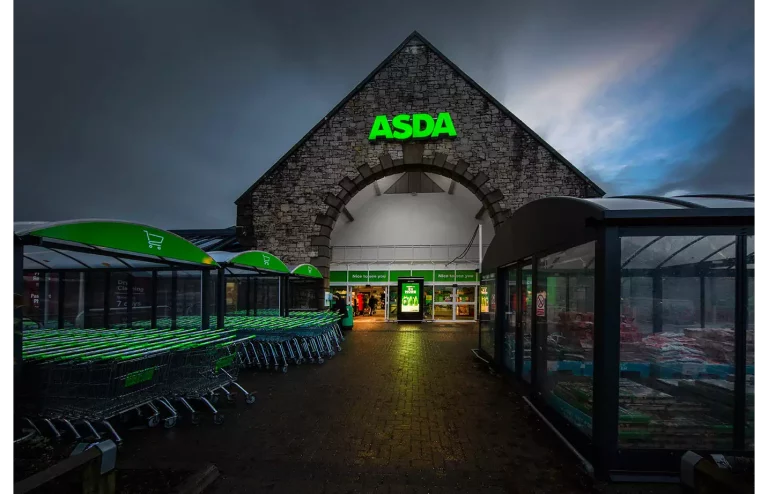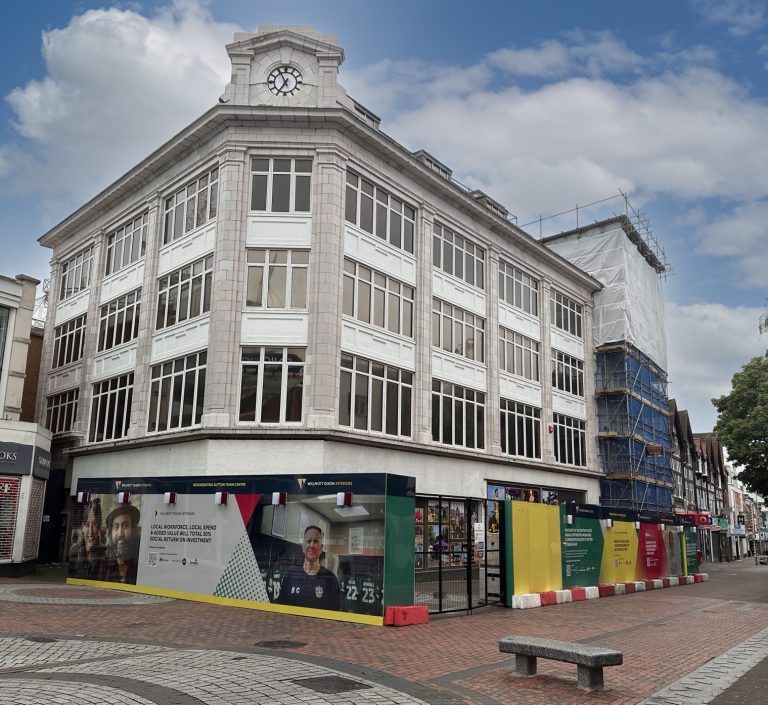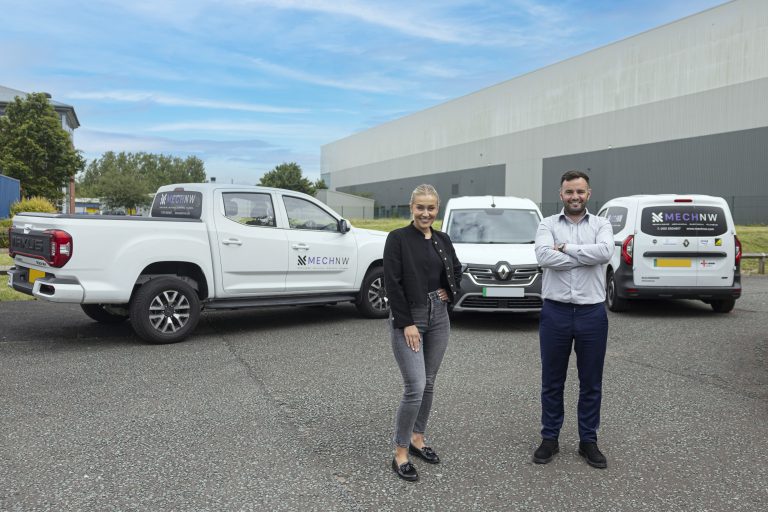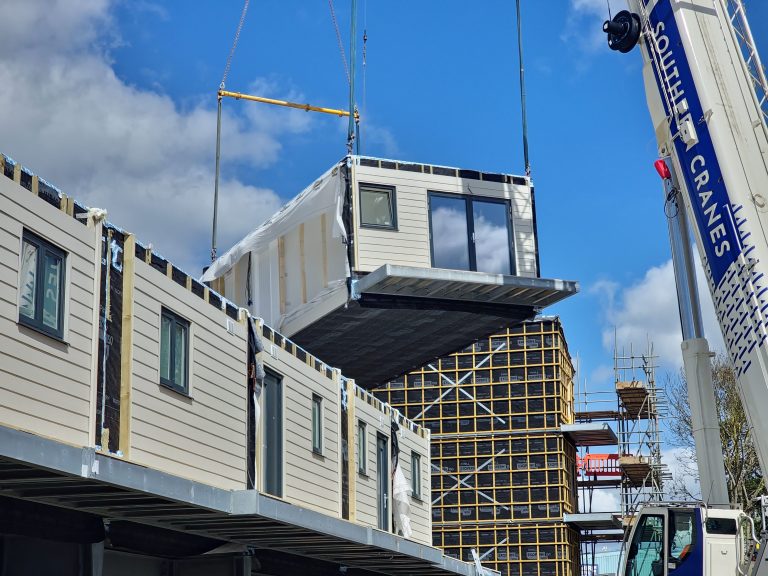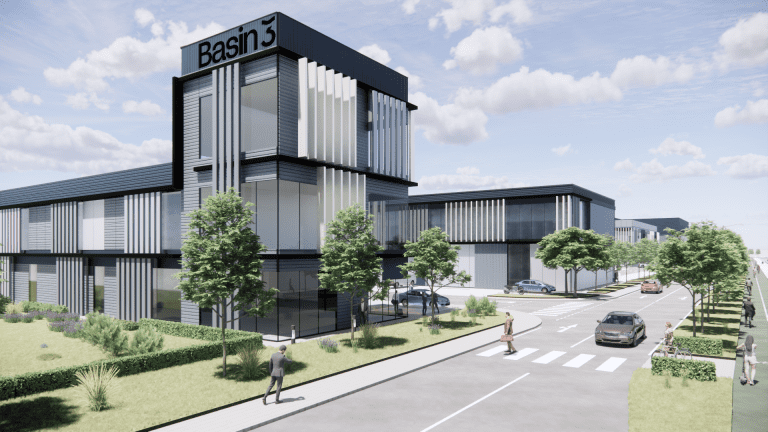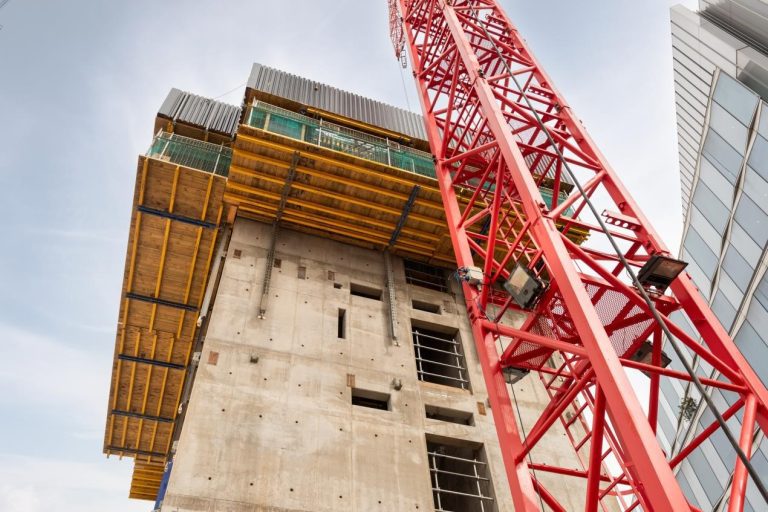New market insight from up-front information platform, Home Sale Pack, reveals that the conveyancing process takes so long that the average home mover could fly to the moon and back more than 25 times in the time they’ll be waiting for conveyancing to finish. As a result, 370,000 movers are now set to waste their summers stuck in a state of conveyancing limbo. Home Sale Pack analysed how long the conveyancing process currently takes in the UK*, and how many movers are now about to enter the conveyancing journey*. The research then goes on to analyse what other things movers could instead be doing with the time they’re spending waiting for conveyancing to finish. How long does conveyancing take? Conveyancing is the legal side of buying and selling a home with the ultimate aim of first reaching the exchange of contracts, and then completion of sale. The process takes a long time, currently averaging 154 days, or 22 weeks. And while the process is led by a conveyancing solicitor, it requires regular input from buyers and sellers who need to be available to provide information, sign documents, and help push their sale along. This means that, for those 154 days, movers cannot afford to be absent or out of contact for any length of time because this can lead to significant delays on an already lengthy journey. Therefore, anybody who is entering the conveyancing process right now is looking at an entire summer spent in a state of conveyancing limbo, unable to go on holiday in fear that it will cause delays. 370,000 home sellers stuck in limbo this summer Home Sale Pack estimates that this is the scenario faced by almost 371,000 movers this summer, based on the fact that there are currently an estimated 370,725 properties on the market that are Sold Subject To Contract (SSTC). While some of these may complete sooner, rather than later, this figure is only likely to climb as market activity continues to build momentum following a spring surge. What else can you do with 154 days? So with 154 days of nothing to do but wait, what else could movers be doing with their time if the conveyancing process wasn’t so painfully drawn-out? In 154 days, you could fly from London to Sydney 168 times. You could take one-and-a-half around the world cruises, drive around the world almost 7.5 times, or walk the length of Britain – from Land’s End to John o’ Groats – nearly twice. You could also take 11 fortnight-long summer holidays, or fly to the moon and back – a round trip that takes approximately six days – almost 26 times. Ruth Beeton, Co-Founder of Home Sale Pack, says: “It’s absolutely inexcusable that in this day and age the conveyancing process takes 22 weeks. There is no good reason for this. If the process was dealt with the efficiency that modern technology now enables, the whole process can take as little as 24 hours. In other words, a seller can accept an offer on Monday and complete the sale before going to bed on Tuesday. So yes, 22 weeks is inexcusable. Instead of wasting your summer in conveyancing limbo, too scared to even go on holiday in fear of causing a delay in the process, make sure you work with an agent who utilises upfront information packs to speed up your sale. That way you can get the contracts signed and the sale completed quickly, leaving you free to enjoy the summer with absolute freedom and peace of mind.” Data tables and sources Full data tables and sources can be viewed online, here Building, Design & Construction Magazine | The Choice of Industry Professionals




